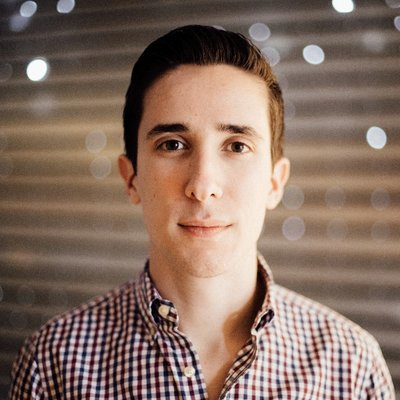ATD Blog
Be More Creative—With a Little Practice
Tue Nov 20 2018


When we think of creativity, we don’t usually think of it as a skill one can develop through hard work and intent, like learning a new language or developing our math abilities. Often, we think of artists or entrepreneurs as inherent geniuses, born with some genetic quality we could never obtain. But this notion never sat well with Allen Gannett, CSO and EVP of Corporate Development at Skyword. It should be noted Gannett himself knows a thing or two about high achievement, having started his first company while still at George Washington University; the last company he founded, TrackMaven, recently merged with content marketing platform Skyword.
Gannett spoke with us over the phone about his new book, The Creative Curve, and how everyone can learn to be more creative with a little practice.
ATD: Can you talk a little about why you wanted to write this book and your process?
AG: In my job I spend most of my day working with marketers, and I realized when you talk to marketers, even though they’re the most creative people in a business, you often hear things like, “I’m not that creative.” I realized it’s not just marketers—all types of creatives have this severe lack of creative confidence; and the idea for the book was to paint the picture of what creativity really is, and that it is something you can learn, enhance, and get better at.
ATD: You debunk Malcolm Gladwell’s 10,000 hour principle in the book, which basically says if you practice anything for 10,000 hours you will be an expert in that thing. Can you talk about having “aha” moments, and when you get your best aha moments?
AG: What’s interesting is that when you look at the research, there is a lot of fascination with aha moments, and they seem like this sort of magical thing. But really, what research tells us is that aha moments are simply how our right hemisphere processes information, and it’s subconscious. Only once it comes up with a new idea does it pop up into consciousness.
So two things are critical to having aha moments: One, you need to have opportunities for silence to actually hear what’s been going on in your right hemisphere; this is why you have aha moments in the shower, on a run, on the commute. Second, you need to give yourself the raw ingredients to have those aha moments. If you want to connect the dots, you have to have dots to connect. So it’s really important that you consume a lot of information in your niche so your brain has stuff to actually work on.
ATD: How does one “practice” creativity every day to develop that skill?
AG: Well, I think creativity really comes down to three elements: One is timing, two is technical skill, and three is marketing and distribution. I think you need to nail all three to truly be deemed creative. So what I think is important is to think about each of those three, where your weaknesses are, and how can you improve.
ATD: To play devil’s advocate, yes, you can practice to be creative; but aren’t those who are naturally more apt for, say, painting going to just be a step ahead of those who aren’t? Van Gogh for instance had no formal education.
AG: Well, here’s the thing; when you actually look at the stories of these creatives, what you find is that these people who are really good, who are naturally talented, often are also those who practiced the most. Mozart for example started practicing when he was three years old, and practiced three hours a day with some of the best music teachers in Europe. So what people find when they look at the research is that there is actually a lot of science showing natural talent is really just compounding advantage over a long period of time.
ATD: For people looking to get more creative in their roles, what is one line of advice you can impart to them?
AG: Surround yourself with creative people.
